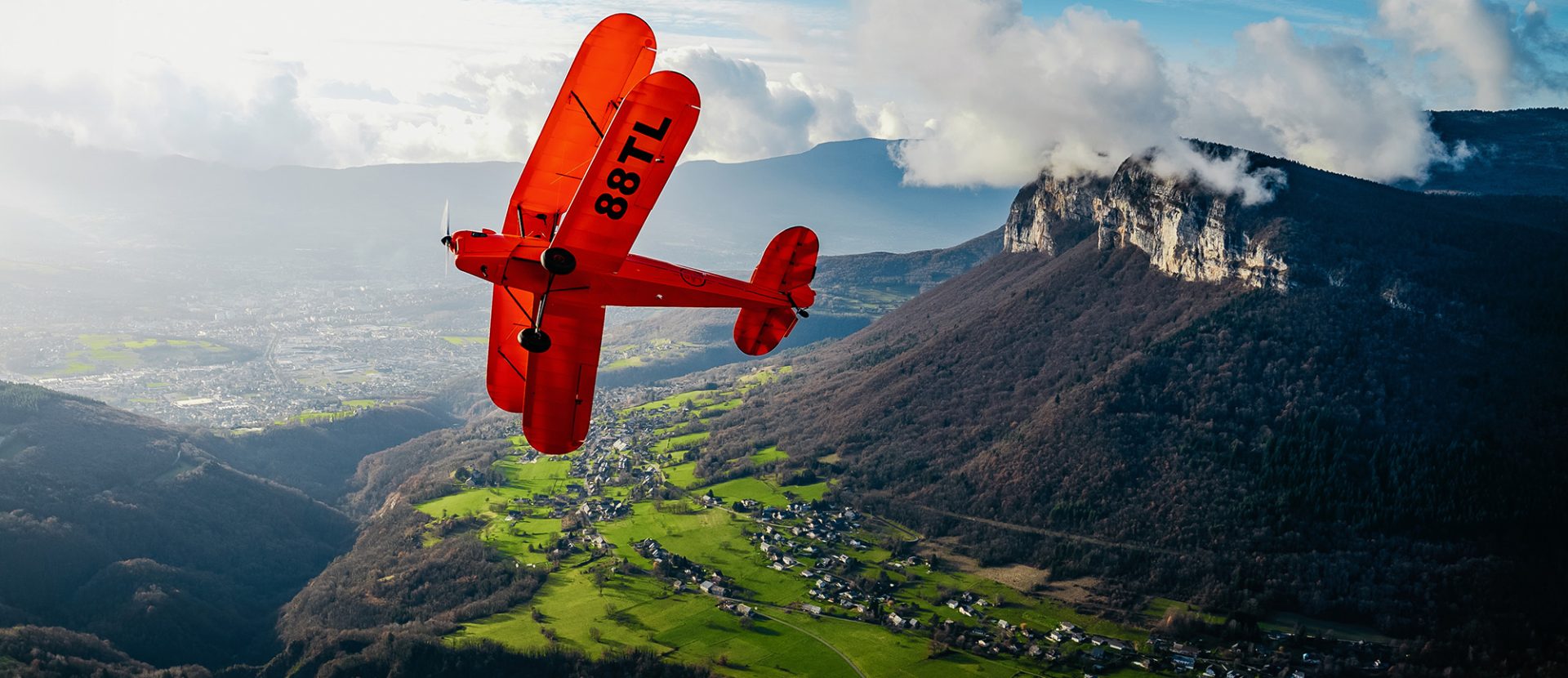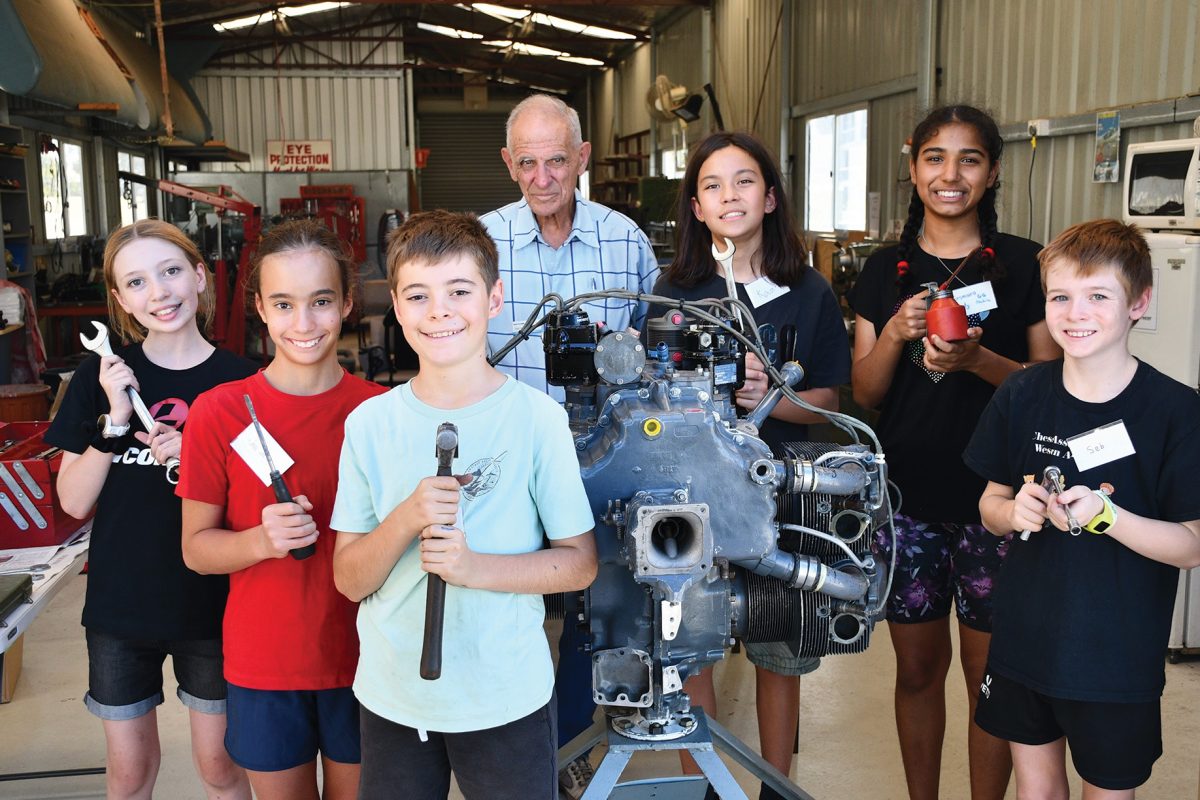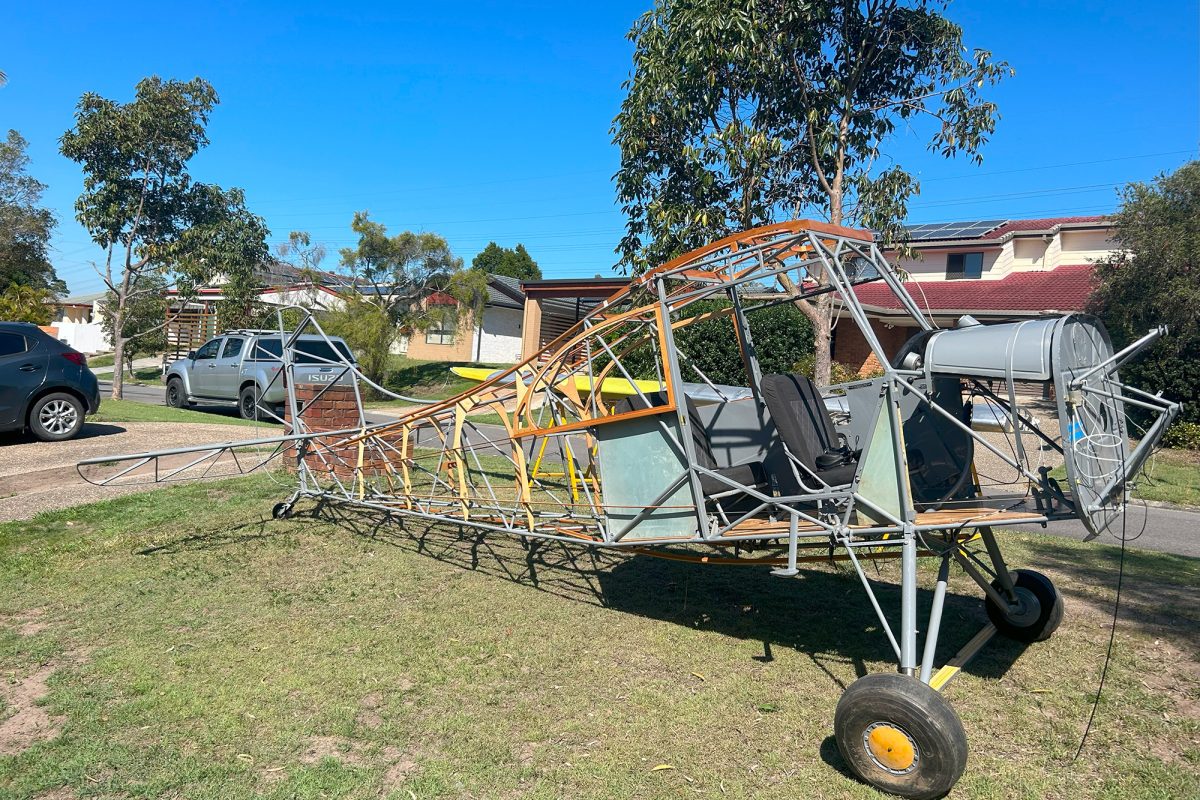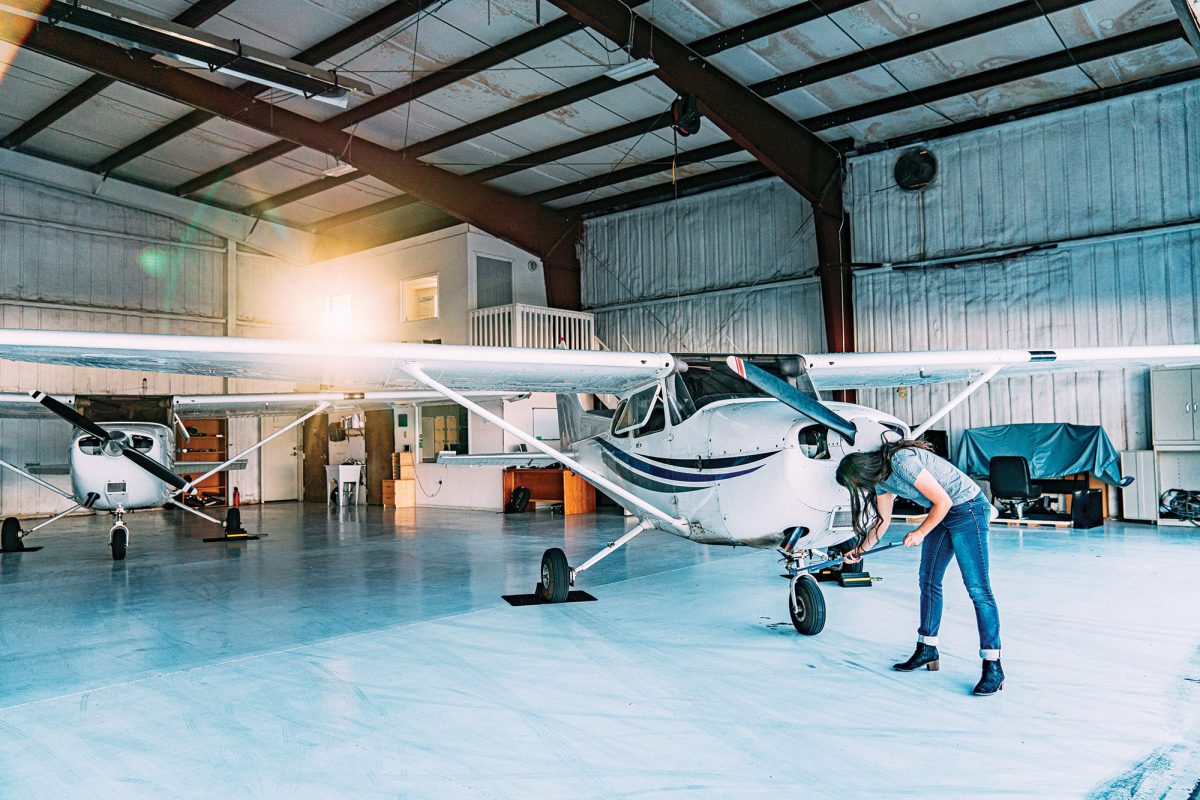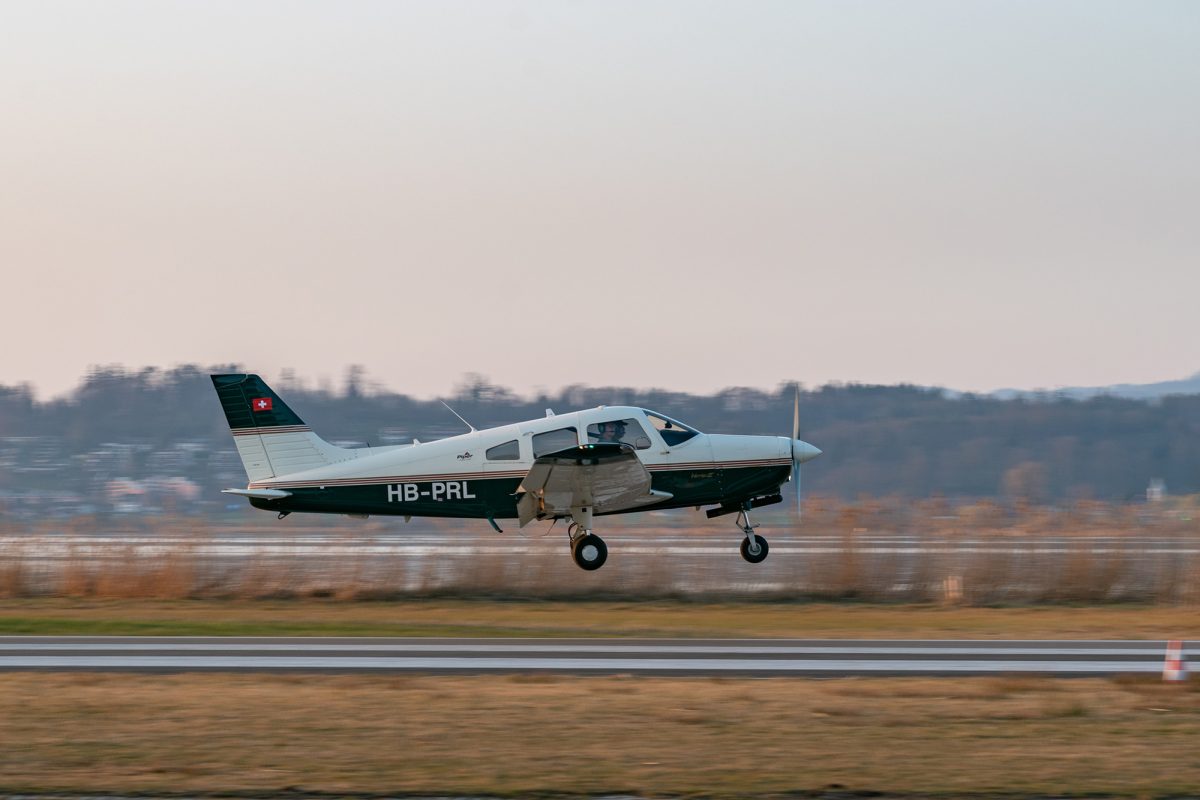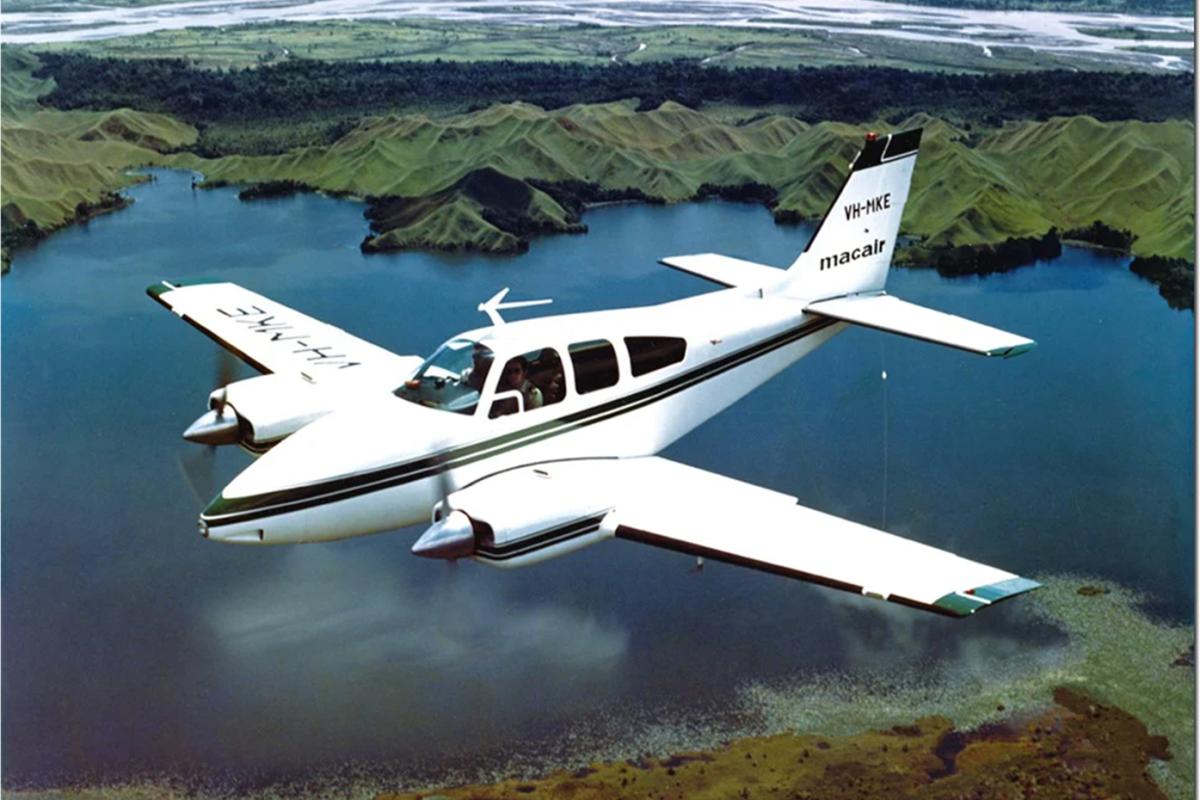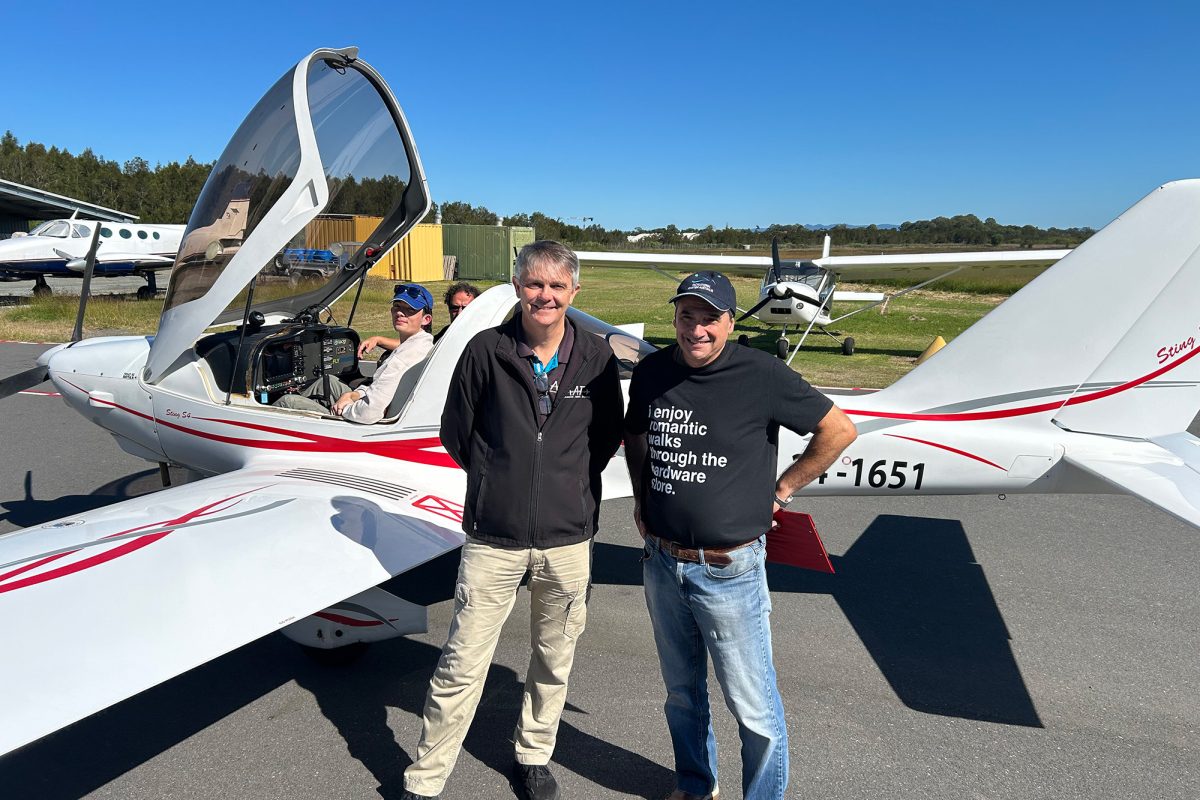There’s a lot of familiar lines to the SV4-RS. To me it resembles a Tiger Moth, but it is actually a modern-day replica of a Belgium designed aircraft, the Stampe Vertongen SV-4b. Like the Tiger Moth, the original design was for an ab-initio trainer with some aerobatic ability and a simple, easy to repair structure. These were students, remember.
The SV-4b has been a classic since its inception in the early 1930s. So, it’s remained popular in Europe with the classic aircraft types. The problem was, it was a bit too heavy for use in the German LSA classification, which is similar to our LSA category. Enter ex-Belgian Army Aviator Raoul Severin who had been building aluminium biplane kits. He bought some plans and converted the construction from wood to aluminium, bringing the empty weight down to almost half at 295kg. That gives you a little over 300kg to play with under LSA rules. It’s not a small aircraft either, at over 8 metres wingspan and almost 7 metres long. Externally, it’s an exact pattern match for the original SV-4b. Performance, as can be expected, is modest. The original used either a Renault or de Havilland motor of around 140hp. This modern version is typically fitted with a Rotax 912, so you aren’t going to get that classic sound of the old inverted 4 cylinder. More like waltzing to doof music. But it worked for Shirley Bassey and the appropriately named Propellerheads. You’re also not going to get the maintenance and starting hassle either.
Plus, you lost 40ish horsepower in the tradeoff, but you also lost 300kg, so the performance is remarkably similar to the original. Other upgrades include a steerable tail wheel, a slightly more modern approach to shock absorption on the undercarriage and disc brakes courtesy of a mountain bike. Who knew? The resultant flying experience is classic biplane without the trouble. As someone who has hand-started a Tiger Moth, I can confidently say I’d rather not.
Raoul Severin and his Ultralight Concepts company have joined forces with JMB, who now sell the aircraft. JMB are better known for their achingly-pretty, 200 knot speedster — the VL3. That deal gives you access to the worldwide resources of JMB. Flying the aircraft is exactly what you’d expect. Lift off is an unhurried 40 knots. Climb around 45 knots. Cruise will see you passing traffic, slowly at 70 knots. Landing will happen at a gentle 30 knots and stall at 29 knots. Like all tail wheel aircraft of this era, you need to fly the thing all the way to the stop to avoid the dreaded ground loop. As Bob Hoover used to say, “Fly the thing as far into the scene of the accident as you can”. Sound advice. Fortunately, the new SV-4RS has a built-in ballistic parachute. So maybe you don’t have to fly all the way in.
Fly one of these and you will be as cool as Indiana Jones, who flew one off a Zepplin in Indiana Jones and the Last Crusade. Just don’t let Sean Connery shoot the tail off again. The SV4-RS was never about the numbers. It’s all about basic, wind-inyour-hair flying and the joy of flight. Something we can absolutely get behind.
